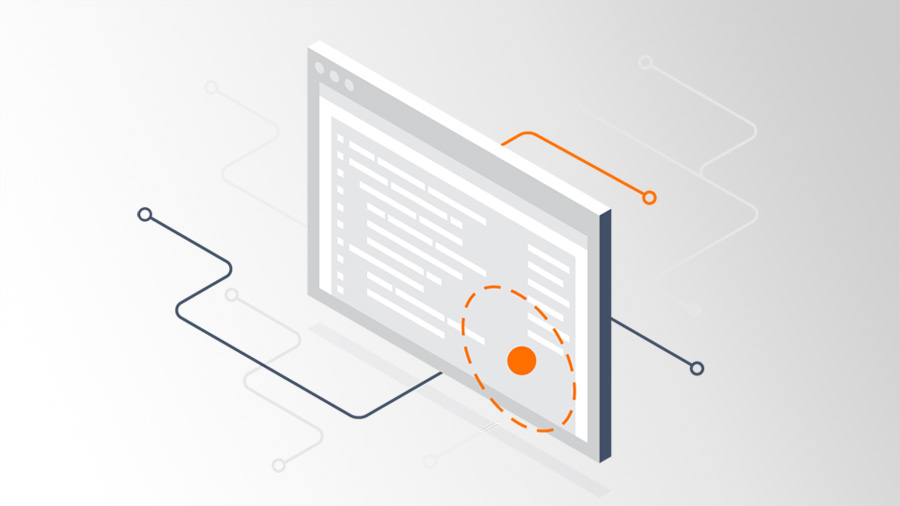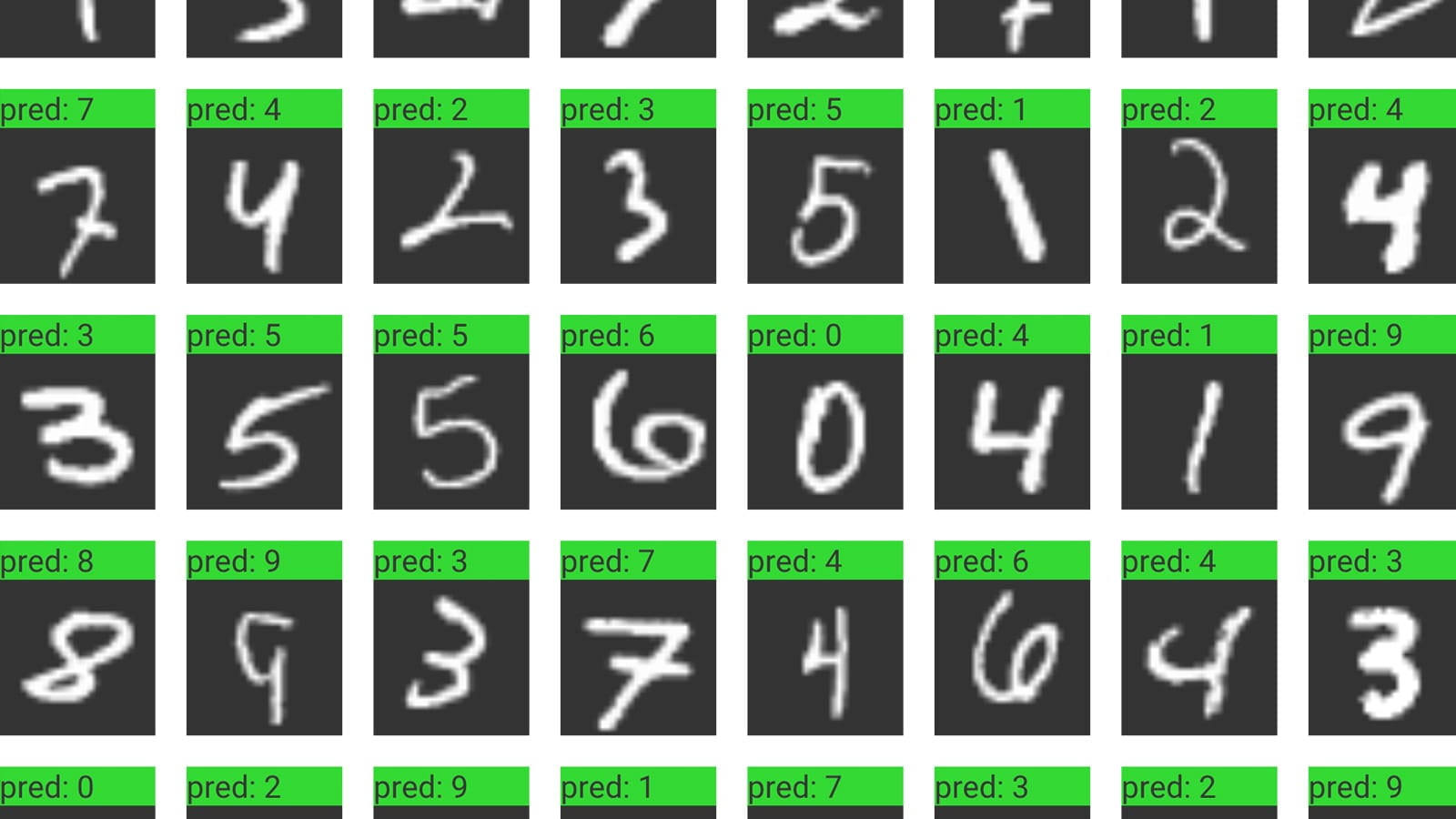TensorFlow برای توسعه جاوا اسکریپت
قبل از شروع مطالب آموزشی زیر، باید:
با برنامه نویسی مرورگر با استفاده از HTML، CSS و جاوا اسکریپت راحت باشید
با استفاده از خط فرمان برای اجرای اسکریپت های Node.js آشنا باشید
این برنامه آموزشی برای افرادی است که می خواهند:
ساخت مدل های ML در جاوا اسکریپت
مدل های موجود را در هر جایی که جاوا اسکریپت می تواند اجرا کند اجرا کنید
استقرار مدل های ML در مرورگرهای وب
TensorFlow.js به شما امکان می دهد مدل های ML را در جاوا اسکریپت توسعه یا اجرا کنید و از ML به طور مستقیم در سمت مشتری مرورگر، سمت سرور از طریق Node.js، بومی موبایل از طریق React Native، بومی دسکتاپ از طریق Electron و حتی در دستگاه های اینترنت اشیا از طریق Node.js استفاده کنید. در Raspberry Pi. برای کسب اطلاعات بیشتر در مورد TensorFlow.js، و کارهایی که می توان با آن انجام داد، این بحث را در Google I/O بررسی کنید.
مرحله 1: با یادگیری ماشین در مرورگر آشنا شوید
برای آشنایی سریع با اصول اولیه ML در جاوا اسکریپت، دوره آموزشی خود گام در Edx را بگذرانید یا ویدیوهای زیر را تماشا کنید که شما را از اصول اولیه، به استفاده از مدل های از پیش ساخته شده موجود و حتی ساخت شبکه عصبی خود برای طبقه بندی می برد. همچنین میتوانید وبکم هوشمند را در JavaScript Codelab برای بررسی تعاملی این مفاهیم امتحان کنید.

این مقدمه سطح بالا برای یادگیری ماشین در جاوا اسکریپت برای توسعه دهندگان وب است که به دنبال برداشتن اولین گام های خود با TensorFlow.js هستند.

با وب ML با استفاده از TensorFlow.js از صفر به قهرمان بروید. بیاموزید که چگونه برنامه های وب نسل بعدی ایجاد کنید که می توانند در سمت مشتری اجرا شوند و تقریباً در هر دستگاهی مورد استفاده قرار گیرند.

نحوه بارگیری و استفاده از یکی از مدل های از پیش آموزش دیده TensorFlow.js (COCO-SSD) را بیاموزید و از آن برای تشخیص اشیاء معمولی که روی آنها آموزش دیده است استفاده کنید.





